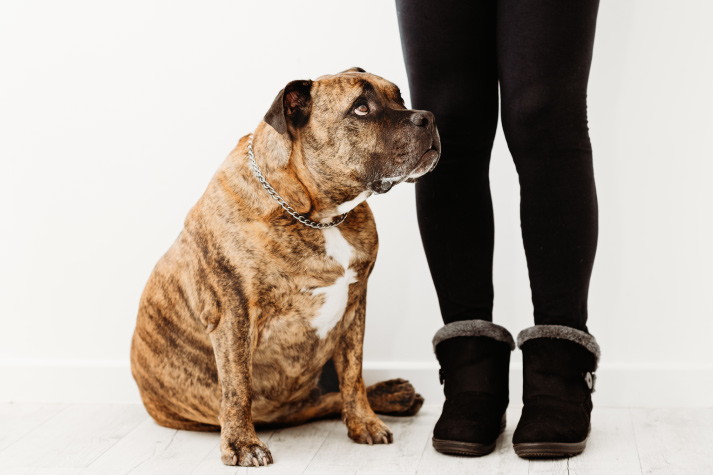
23 Oct
What is Pet Obesity?
Obesity is an issue that plagues pets and pet owners equally. Obesity refers to an abnormal or excessive buildup of fat in a body, posing a threat to health and general well-being. It is a serious issue for pets and their owners, but the good news is it’s avoidable with a suitable diet and frequent exercise. Provided you can identify the symptoms of obesity and help your pet lose excess weight, you will be able to keep your pet healthy. Here’s how you can protect your pet from obesity.
Pet Obesity & How to Prevent it
As mentioned previously, pet obesity refers to an unnatural or excess buildup of fat in a pet’s body. Obesity occurs when a pet consumes more calories than it spends or burns; if your pet is overfed and under-exercised, obesity will likely be visible.
Why Does it Matter if My Pet is Obese?
An excess of weight will hamper your pet’s health and day-to-day lifestyle. For humans, an extra kilo or two doesn’t seem like much, but for pets, such an increase is a dramatic one since their bodies weigh much less than ours. Being overweight also means your pet can suffer from conditions such as:
- Osteoarthritis
- Diabetes
- Raised blood pressure
- Heart conditions
- Kidney disease
- Respiratory diseases
- Skin issues
- Higher risk of joint & back problems
An obese pet is more likely to have complications when outdoors or when embarking on pet travel. Pet travel requires your pet to be healthy and fit, and being obese can interfere with your pet’s health and fitness. Be sure to be on the lookout for symptoms and get a health check-up scheduled if you plan on pet travel.
How to Identify Obesity in Pets
The first thing an owner should know is their pet’s regular weight, and how to identify signs of obesity in their pet. While no two pets are the same, there are some telltale signs of a pet being overweight, such as:
- Not being able to feel your pet’s ribs
- Your pet is reluctant to exercise
- Your pet tiring easily
- Your pet being free-fed
- Your pet has laboured breathing
How to Shed the Extra Pounds
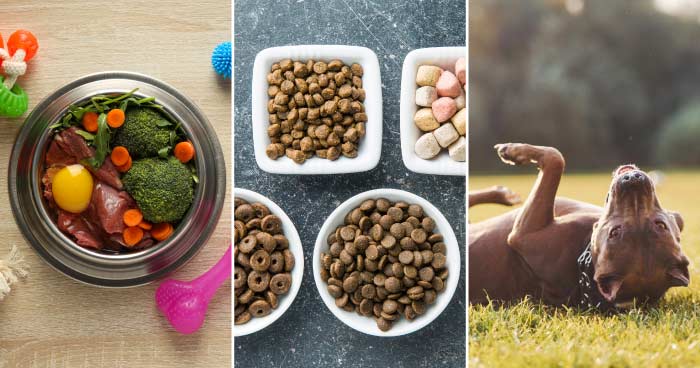
- Diet: Too much of a good thing is bad for you, as is overfeeding. High-calorie human delicacies can put the pounds on your pet at a rapid pace. An obese pet’s diet should be measured and balanced, served in portions that will help them instead of impairing them. Choosing high-quality pet food is also necessary, as this will help you ensure your pet receives their nutrition while avoiding any unnecessary fat. If your pet is very food-driven, you can try a slow-feeding food bowl to help them pace their meal. Make sure you measure your pet’s meals, maintain a calorie deficit, and avoid serving table scraps.
- Treats: Pets love treats. This is a fact; regardless of what size, shape, or breed your pet is, there is likely to be a treat they adore. Treats are necessary too, especially if you’re training a young or new pet, as the process involves positive reinforcement, much of which can be traced to their favourite treats. However, not all treats are healthy enough to be served frequently, especially highly fatty treats. Choose an appropriate treat, serve it sparingly, and factor the treats into your diet if your pet is obese. While pets do need to be motivated, treats should be reserved as a reward, and you can always consult your vet for healthy options you can serve as a reward.
- Exercise: Obesity happens when the calories consumed are more than the calories spent, which is why exercise is crucial for an obese pet. If your pet hasn’t exercised for a while, it’s best to start slowly and develop a daily rhythm. Trying to lose kilos in one go is not possible, and your start should not be so sudden that it puts undue strain on your pet. Daily exercise doesn’t just reduce your pet’s weight either, as it will keep them stimulated and engaged and ward off boredom that comes from stagnation. Try playing indoor games with your pet, or venture outdoors if you’re looking for pet travel and exploration.
Consulting Your Vet
Pets are usually a fan of routine. Any changes being made to their diet and routine should be beneficial and should be made once you've consulted your vet. Your vet can examine your pet and provide you with a baseline of your pet's health, after which you can delve into details pertaining to diet and exercise regimens. A weight loss plan will benefit your pet greatly, and since your vet knows how to ease your pet out of obesity, they can devise a plan that does not place any unnecessary stress on your pet and helps them gradually shed the pounds.
To conclude, pet obesity is a serious issue which can hamper your pet’s quality of life. The good news is that it can be remedied by preventive action, or by maintaining a calorie deficit while supplementing it with exercise and healthy pet foods. Provided you keep these tips in mind and stick to a routine consistently, your pet should be back to perfect health in no time at all.

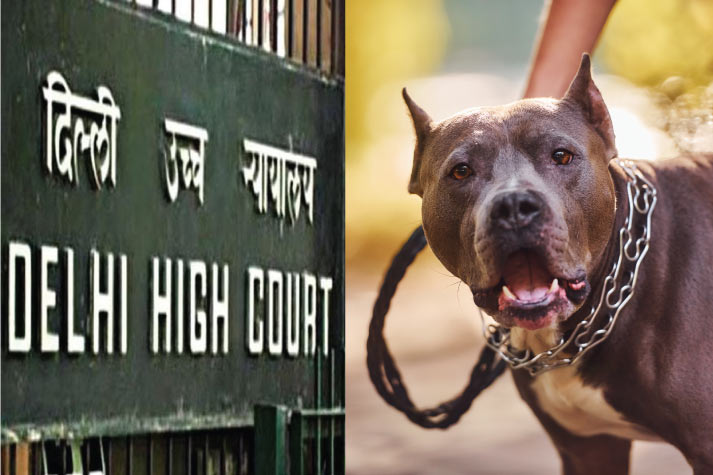
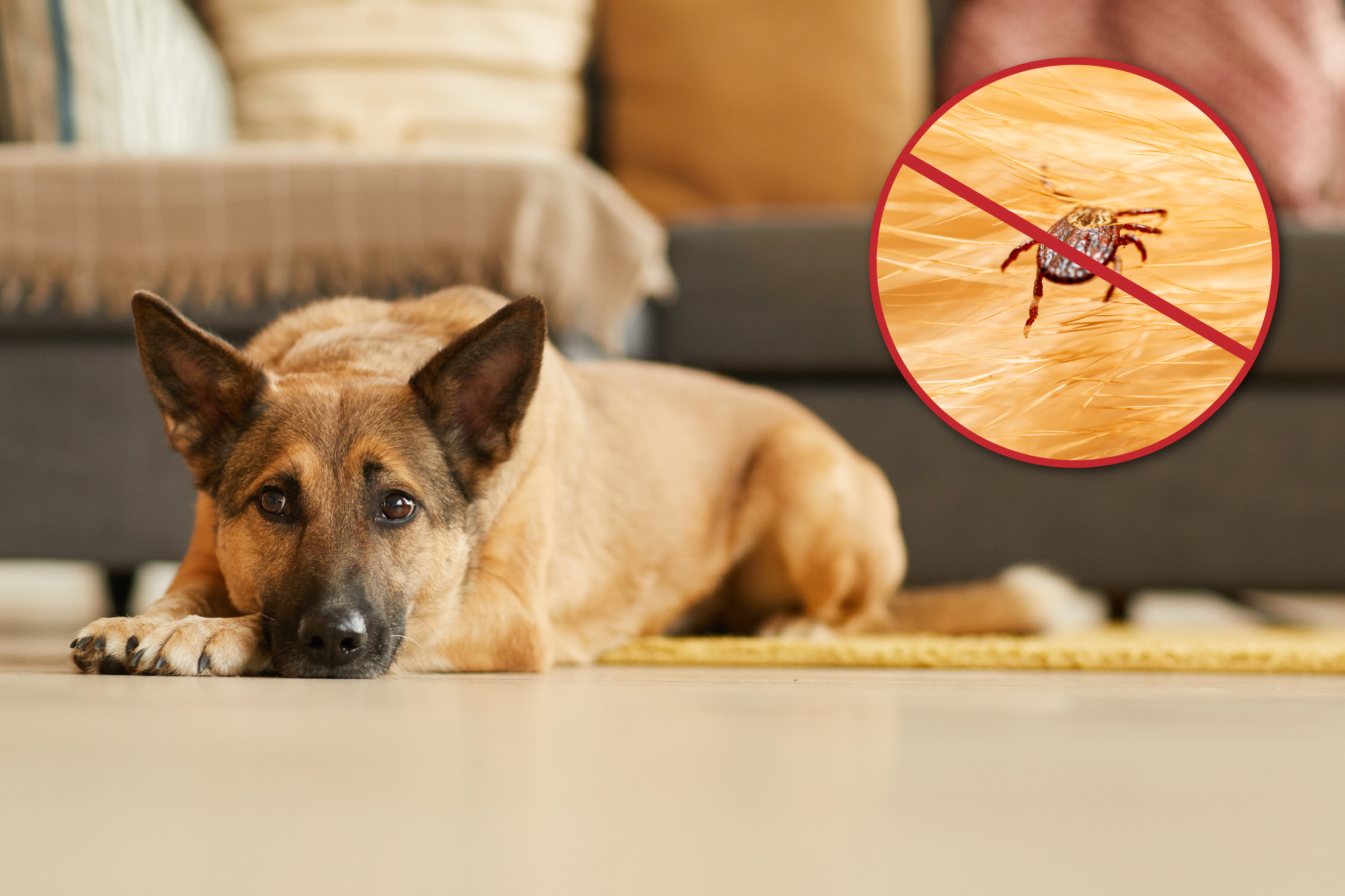
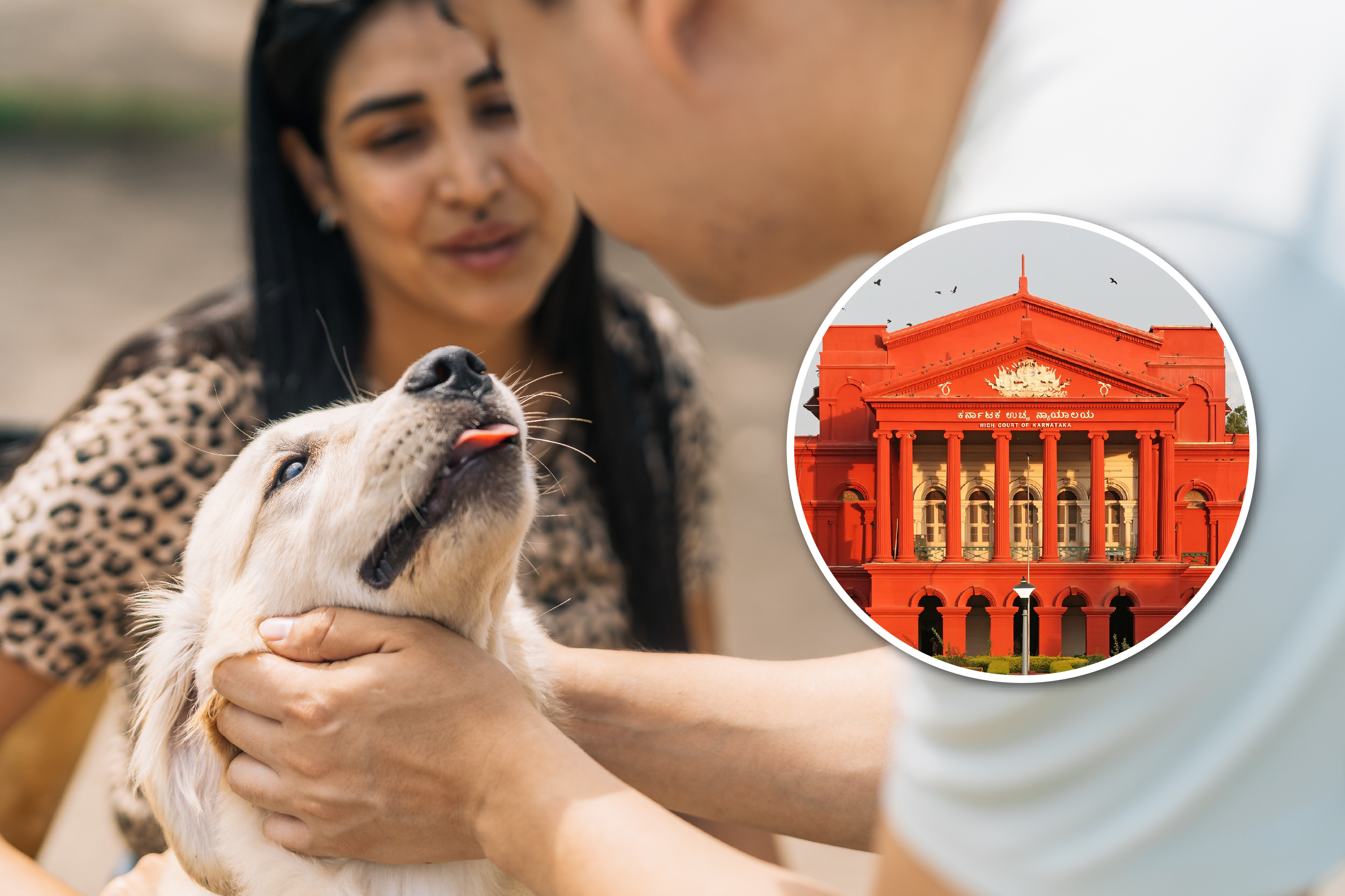


AUTHOR’S BIO
Carry My Pet
Passionate pet enthusiasts and globetrotters, dedicated to easing furry friends' journeys worldwide. Penning tales of compassion at CarryMyPet, where every relocation is a tail-wagging adventure.